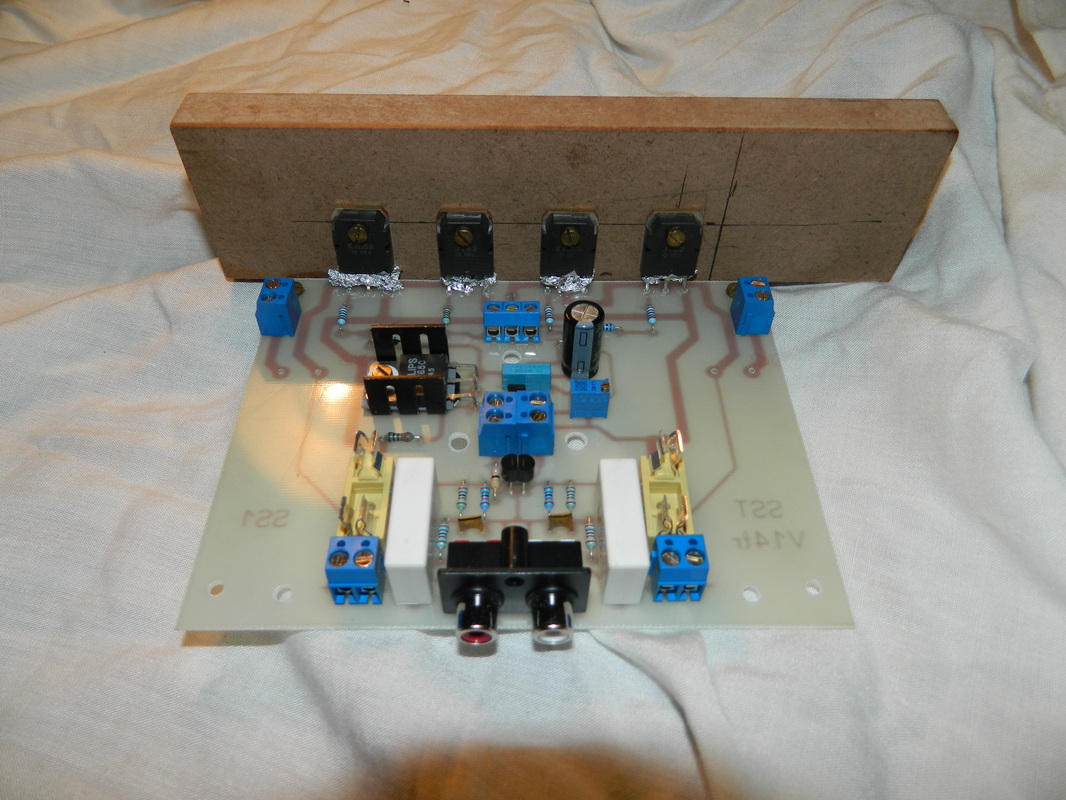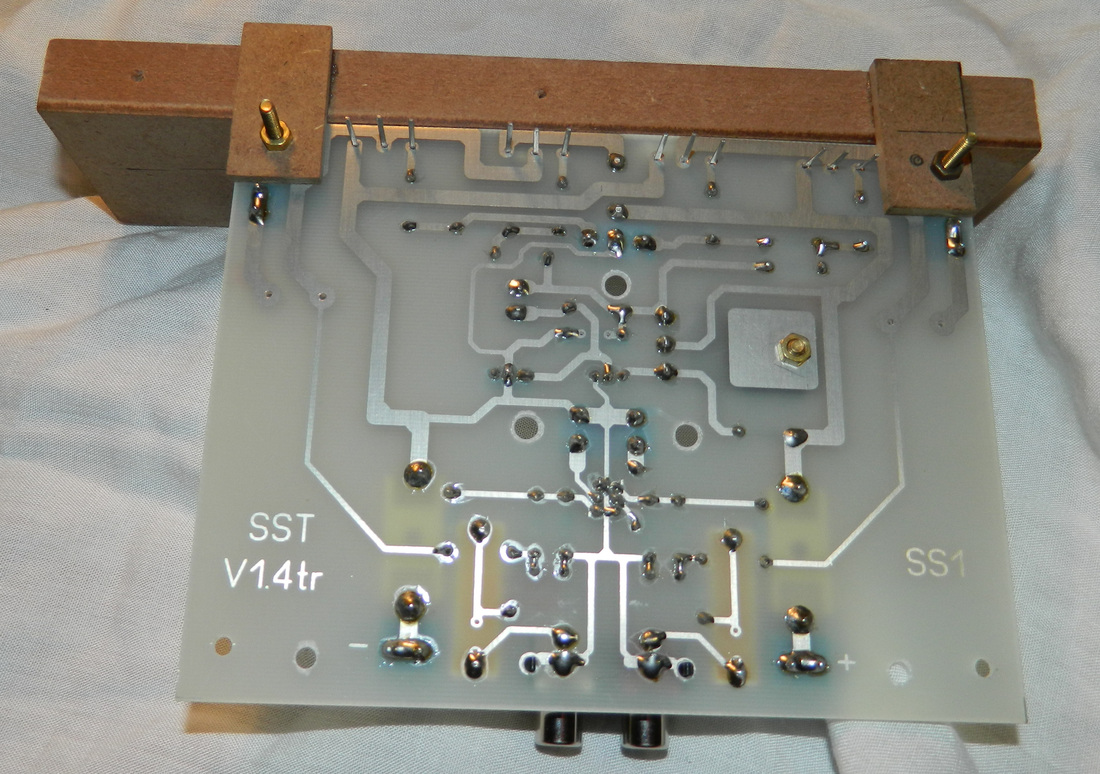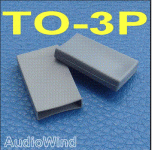I'm planning on using Kapton tape (because I happen to already have some) for insulation.
Do I want thermal grease on both sides of the tape, or if I stick the tape to the heatsink is the adhesive on the tape enough?
Thanks,
Jeff.
Do I want thermal grease on both sides of the tape, or if I stick the tape to the heatsink is the adhesive on the tape enough?
Thanks,
Jeff.
Use mica+grease>Silpads>*proper* (ultra thin) Kapton *sheet*+grease (not adhesive tape), in that order.
Thanks JM. If I can't use what I have (the Kapton tape), then I might as well order some mica.
I assume grease on both sides of the mica?
I assume grease on both sides of the mica?
I use the glue as the air excluding medium for pre-glued hard insulators.
The unglued side needs thermal goop, again to exclude any/all air from the interface.
After a few hours of testing you will usually see that some of the glue has migrated to the edge, because it has flowed under the pressure created by the clamping. This helps to reduce the thickness of the heat insulating effect of the glue. It also helps remove any last hint of air trapped with the glue.
The unglued side needs thermal goop, again to exclude any/all air from the interface.
After a few hours of testing you will usually see that some of the glue has migrated to the edge, because it has flowed under the pressure created by the clamping. This helps to reduce the thickness of the heat insulating effect of the glue. It also helps remove any last hint of air trapped with the glue.
Last edited:
OK, this is all a bit more complicated than I thought.
Mica pads for TO-247 are hard to come by in Ireland. I can easily get Silpads and Aluminium Oxide.
The Silpads are a bit more coin, but I presume I don't need grease with them?
Thanks again for all the help.
Mica pads for TO-247 are hard to come by in Ireland. I can easily get Silpads and Aluminium Oxide.
The Silpads are a bit more coin, but I presume I don't need grease with them?
Thanks again for all the help.
I prefer the gray silicon gum, pretty good isolation (over 500V) and good thermal transfer. Usually with grease in both sides. Also try the gray boxes that cover all the transistor, available for TO220 and TO247/TO3P.
Attachments
Last edited:
Silpads are designed to be used on their own. May not be quite as effective heat transfer as mica and grease. Aluminium Oxide is better still but quite expensive
The Silpads are a bit more coin, but I presume I don't need grease with them?
Right, just clean the mating surfaces.
Pass DIY Addict
Joined 2000
Paid Member
Thanks for the tip, Eric. I'm using a heatsink design with a flange similar to the production FirstWatt units, so I'll make sure there's no lip on the front edge as well.
I can easily get Silpads and Aluminium Oxide
Best is Alumina for the DIYer.
Those silpads are more for automatic installation or when it needs to go fast and don't have the time to mess with goop 🙂
make sure you counter sink the holes on your heat sink.

also, polish the surface since extruded Aluminium surface is far from even..

finally, in my case i've made use of Copper spreader which bolted onto the heat-sink. and transistor is placed over it pressed down by Aluminium plate.
heatsink +
thermal paste+
Copper Spreader+
thermal paste+
Kapton tape+
thermal paste+
transistor
this set up has been working fine for me for past few months.

also, polish the surface since extruded Aluminium surface is far from even..
finally, in my case i've made use of Copper spreader which bolted onto the heat-sink. and transistor is placed over it pressed down by Aluminium plate.
heatsink +
thermal paste+
Copper Spreader+
thermal paste+
Kapton tape+
thermal paste+
transistor
this set up has been working fine for me for past few months.
Thanks guys. Heatsinks holes are chamfered; surface is polished. I'm going to start with heatsink/goop/mica/goop/transistor and see how I get on.
Cheers,
Jeff.
Cheers,
Jeff.
Plain silicone pads are fine. Here is something I do when soldering a few transistors to a pcb, using a jig:




Last edited:
- Status
- Not open for further replies.
- Home
- Design & Build
- Construction Tips
- How to mount transistors to heat sink

